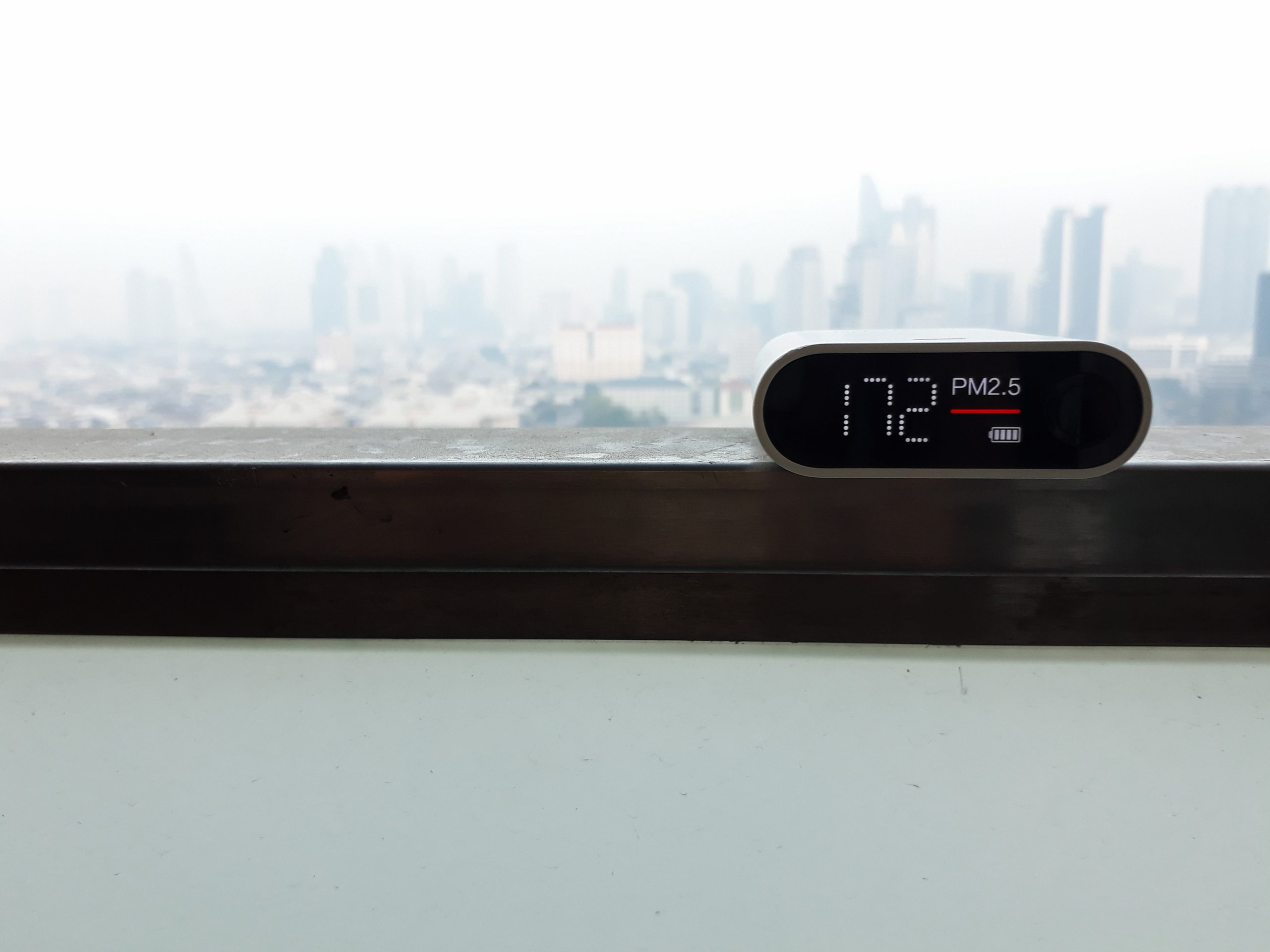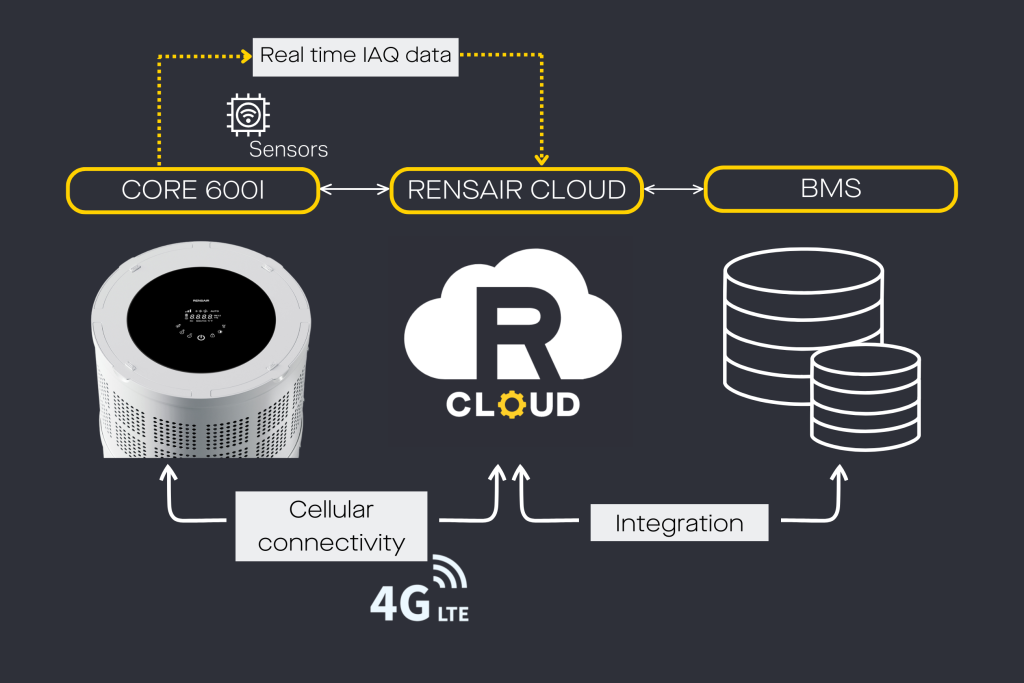Installed your air sensors? What next?

Introduction
Leading scientific research has shown the importance of good indoor air quality (IAQ) for our health and well-being. We spend a significant portion of our time indoors – the US EPA estimates that humans spend on average 90% of the day indoors.
Building materials, cleaning products, furniture and humans themselves generate various pollutants inside a built environment, like PM1, PM2.5, PM10, and TVOCs. Established air quality standards provide guidelines and regulations to limit and deal with any pollution, ensuring a healthy indoor air environment is maintained.
Indoor air quality standards and ventilation guidelines serve as benchmarks for measuring and maintaining the quality of air inside buildings, be it for residential, commercial, or public spaces. These standards have been developed on the back of scientific research, health studies, and best practices, aiming to establish acceptable levels of air pollutants whilst minimising potential risks to occupants. By adhering to these standards, building owners, facility managers, and households can create healthier indoor environments that support productivity, comfort, and overall well-being. Many people have started taking proactive steps, measuring indoor air quality by installing air sensors.
The majority of recent IAQ studies have focused on air sensing and monitoring, with numerous mainstream newspaper articles publishing and promoting companies that manufacture these devices. However, installing air sensors for air monitoring is just the first step toward creating a healthier and safer environment. What happens next?
Data Analysis and Interpretation
Once air sensors are up and running, it’s essential to collect and analyse the captured data. Understanding the data can help identify air pollution patterns, trends, and areas of concern. There is a need to explore the different parameters that a sensor measures, such as particulate matter (PM), volatile organic compounds (VOCs), or nitrogen dioxide (NO2), and a need to interpret the readings effectively.
Assessing Air Quality Baseline
Comparing the data from your sensor with established air quality standards or governmental guidelines can help determine the baseline air quality in your area. This baseline provides a reference point for future improvements and helps identify potential sources of pollution that require attention and a solution. By understanding the baseline, you can better advocate for change and work toward specific goals, like improving ventilation and adopting air purification technologies.
Selecting industry best air purification solutions
Organisations like the CDC and SAGE share guidelines and set standards, whilst others share sector specific recommended air purification technologies. In a recent publication, the NHS recommends a combination of subtractive air filtration technologies with HEPA and UVC to reduce the risk of airborne transmission and enhance infection control.
Buying an air purification solution can be a tedious and confusing process, as the air purifier market is still unregulated. Here are a few tips that might ease your buying process.
Resair’s SDCV solution is the complete package that you are looking for.
Smart Demand Controlled Ventilation (SDCV) ensures excellent Indoor Air Quality (IAQ) whilst minimising energy consumption and building carbon emissions.
SDCV part substitutes expensive mechanical ventilation with substantially cheaper air purification and also strictly ventilates according to occupancy rates, thereby significantly reducing wasteful ventilation when occupancy is low.
Rensair is implementing SDCV with large multinationals and leading universities. For a typical office building, data confirms that SDCV can reduce ventilation related energy consumption by more than 40% and carbon emissions in excess of 50%.
MEASURE: High quality sensors inside our seasoned and certified hospital grade portable air purifiers measure pollutants such as PM1, PM2.5, PM10, VOC, and TVOCs. They also measure temperature and humidity
MONITOR: The Rensair Cloud IoT platform receives real time air quality data from Rensair air purifiers so the Indoor Air Quality environment can be monitored real time.
INTEGRATE: Integrate your BMS with Rensair Cloud or directly to the air purifiers for further data analysis and ventilation adjustments.

Conclusion
Installing air sensors is just the beginning of a broader journey toward improving air quality and safeguarding public health. Households, schools, organisations and government offices can make a tangible impact to the IAQ by analysing data, targeting sources of pollution and adopting air purification technologies.
Let your air sensor data be the catalyst for positive change, inspiring action and fostering a healthier environment for all.
